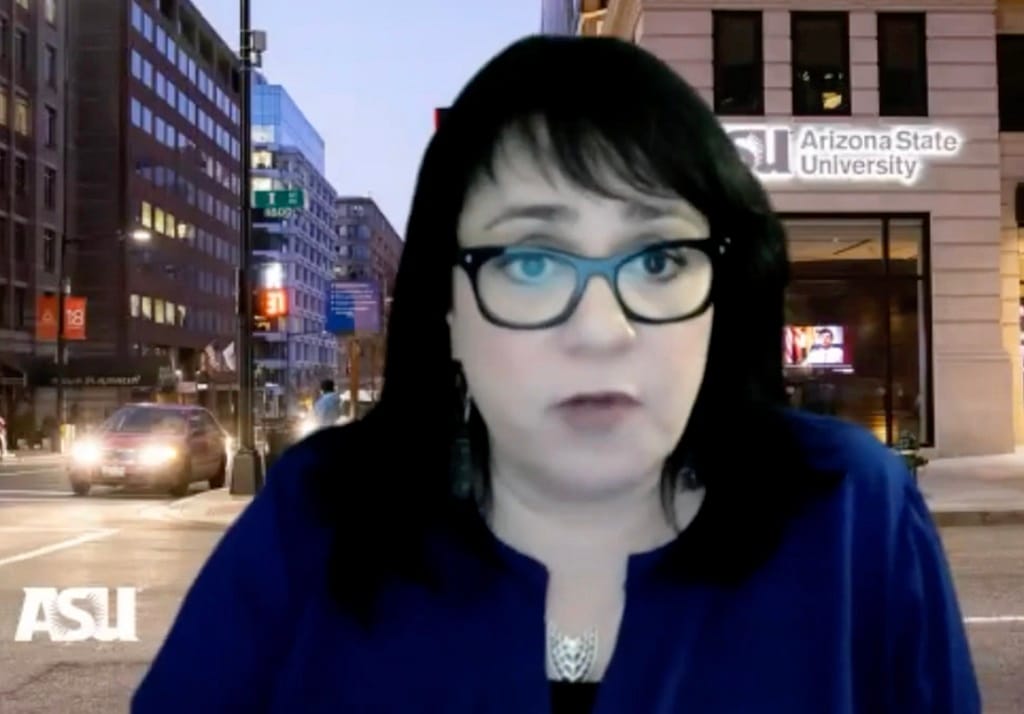Lack of Public Broadband Pricing Information a Cause of Digital Divide, Say Advocates
Panelists argued that lack of equitable digital access is deadly and driven by lack of competition.

September 24, 2021- Affordability, language and lack of competition are among the factors that continue to perpetuate the digital divide and related inequities, according to panelists at a Thursday event on race and broadband.
One of the panelists faulted the lack of public broadband pricing information as a root cause.
In poorer communities there’s “fewer ISPs. There’s less competition. There’s less investment in fiber,” said Herman Galperin, associate professor at the University of Southern California. “It is about income. It is about race, but what really matters is the combination of poverty and communities of color. That’s where we find the largest deficits of broadband infrastructure.”
While acknowledging that “there is an ongoing effort at the [Federal Communications Commission] to significantly improve the type of data and the granularity of the data that the ISPs will be required to report,” Galperin said that the lack of a push to make ISP pricing public will doom that effort to fail.
He also questioned why ISPs do not or are not required to report their maps of service coverage revealing areas of no or low service. “Affordability is perhaps the biggest factor in preventing low-income folks from connecting,” Galperin said.
“It’s plain bang for their buck,” said Traci Morris, executive director of the American Indian Policy Institute at Arizona State University, referring to broadband providers reluctance to serve rural and remote areas. “It costs more money to go to [tribal lands].”
Furthermore, the COVID-19 pandemic has only made that digital divide clearer and more deadly. “There was no access to information for telehealth,” said Morris. “No access to information on how the virus spread.”
Galperin also raised the impact of digital gaps in access upon homeless and low-income populations. As people come in and out of homelessness, they have trouble connecting to the internet at crucial times, because – for example – a library might be closed.
Low-income populations also have “systemic” digital access issues struggling at times with paying their bills having to shut their internet off for months at a time.
Another issue facing the digital divide is linguistic. Rebecca Kauma, economic and digital inclusion program manager for the city of Long Beach, California, said that residents often speak a language other than English. But ISPs may not offer interpretation services for them to be able to communicate in their language.
Funding, though not a quick fix-all, often brings about positive change in the right hands. Long Beach received more than $1 million from the U.S. CARES Act, passed in the wake of the early pandemic last year. “One of the programs that we designed was to administer free hotspots and computing devices to those that qualify,” she said.
Some “band-aid solutions” to “systemic problems” exist but aren’t receiving the attention or initiative they deserve, said Galperin. “What advocacy organizations are doing but we need a lot more effort is helping people sign up for existing low-cost offers.” The problem, he says, is that “ISPs are not particularly eager to promote” low-cost offers.
The event “Race and Digital Inequity: The Impact on Poor Communities of Color,” was hosted by the Michelson 20MM Foundation and its partners the California Community Foundation, Silicon Valley Community Foundation and Southern California Grantmakers.








Member discussion